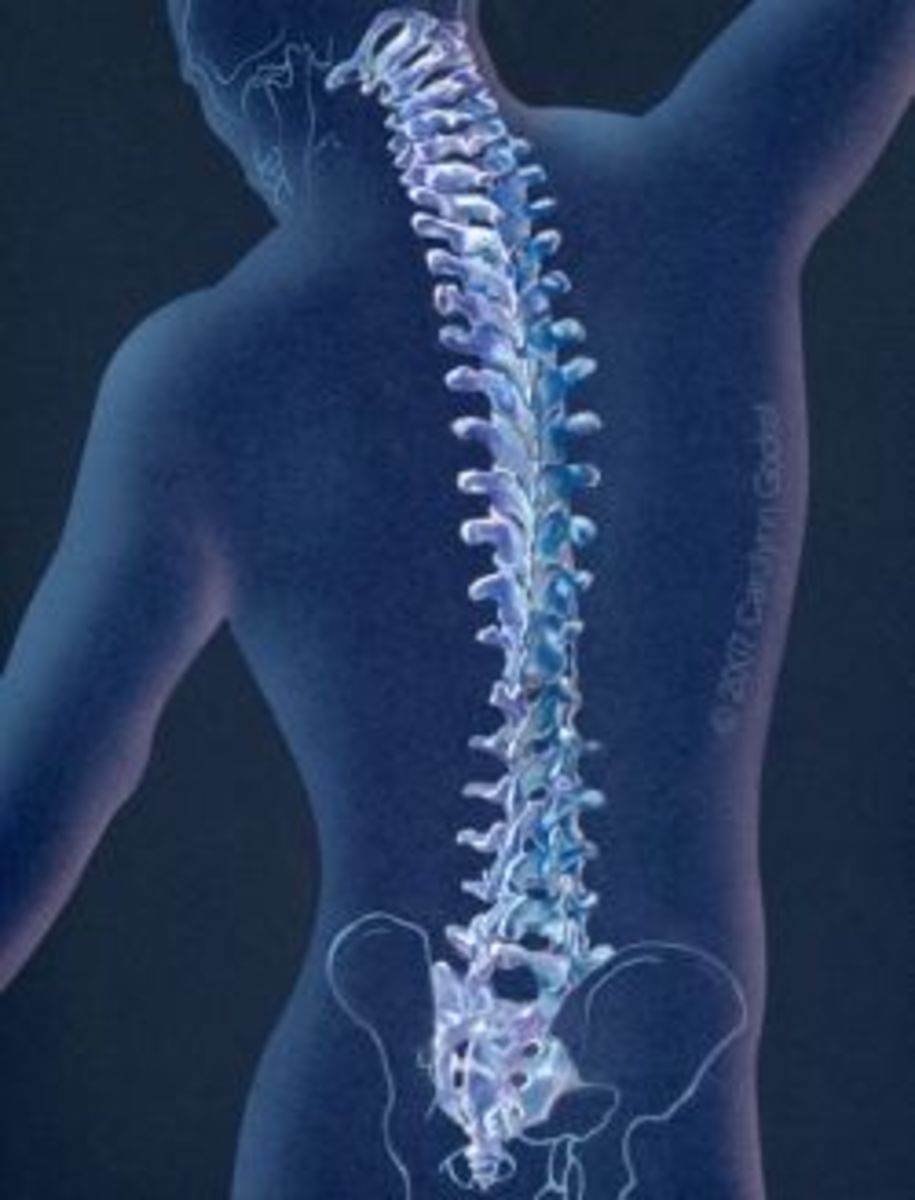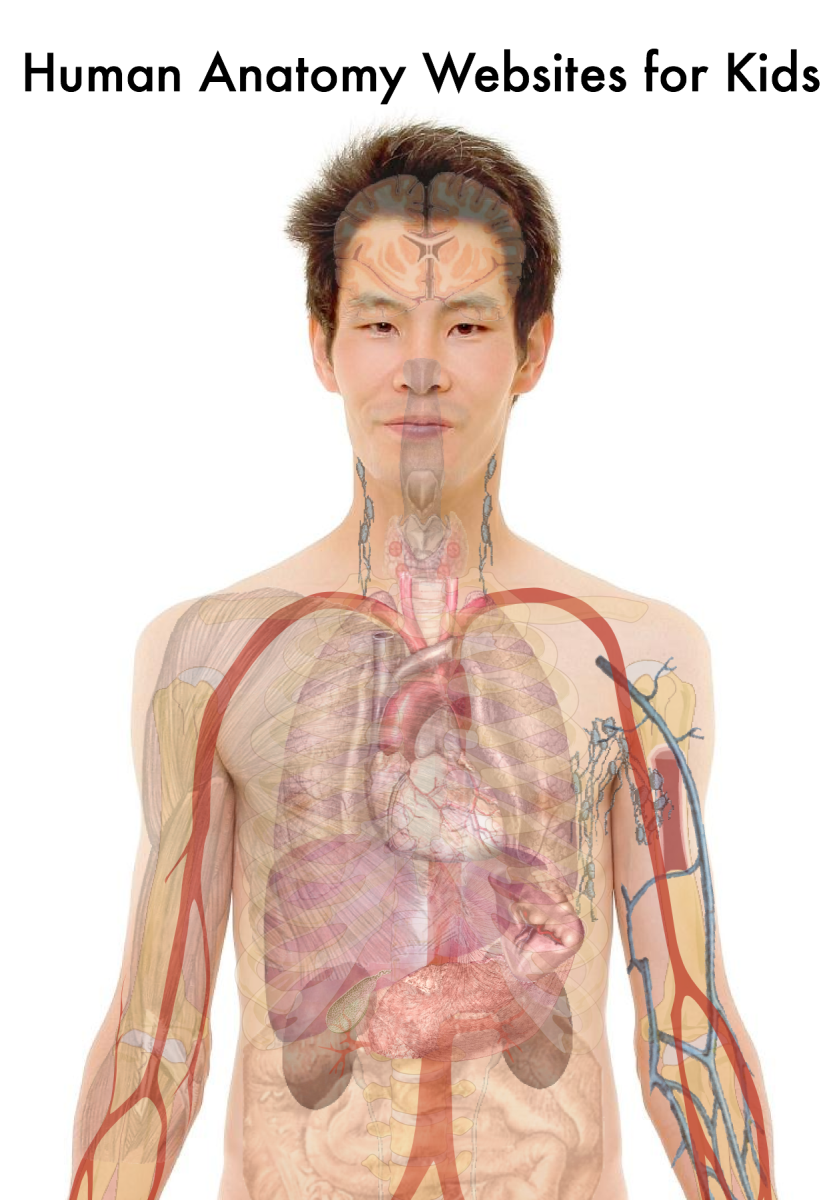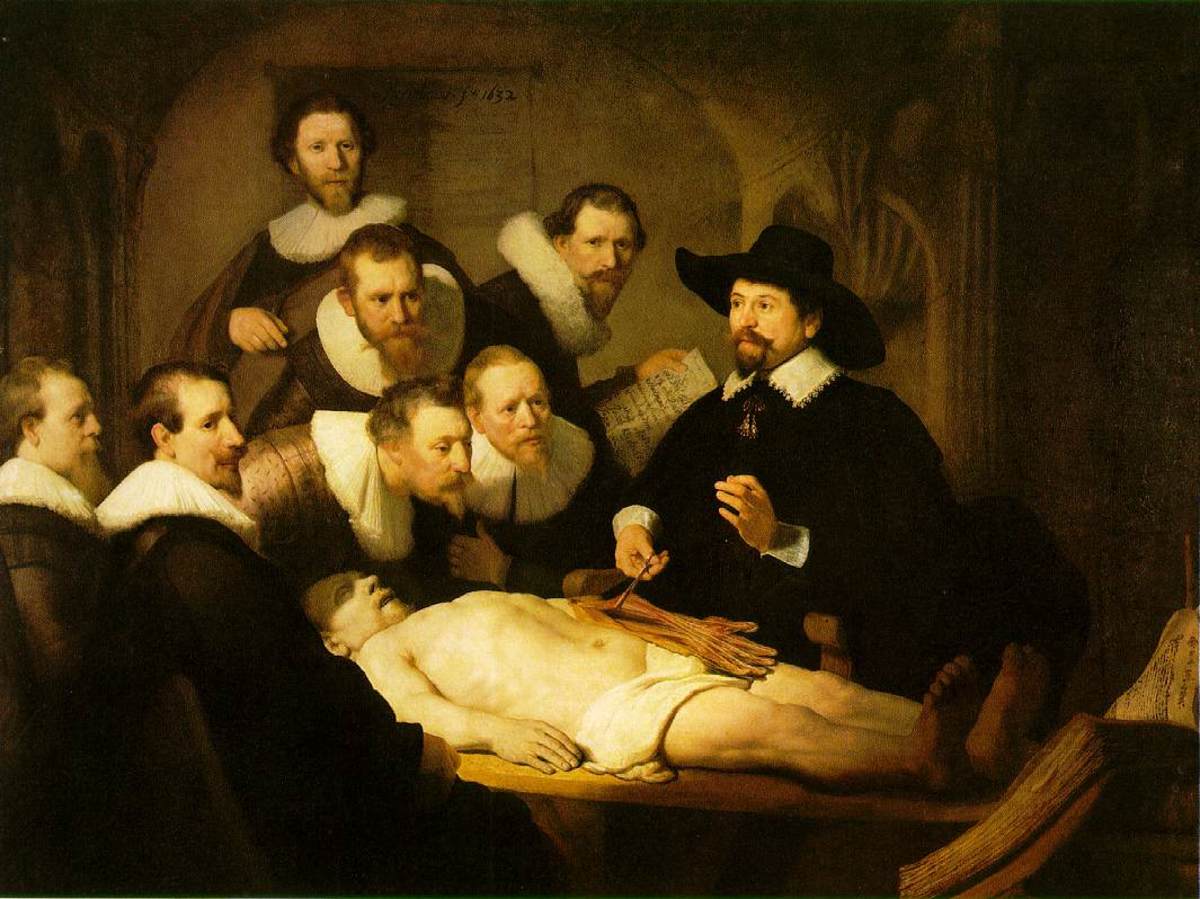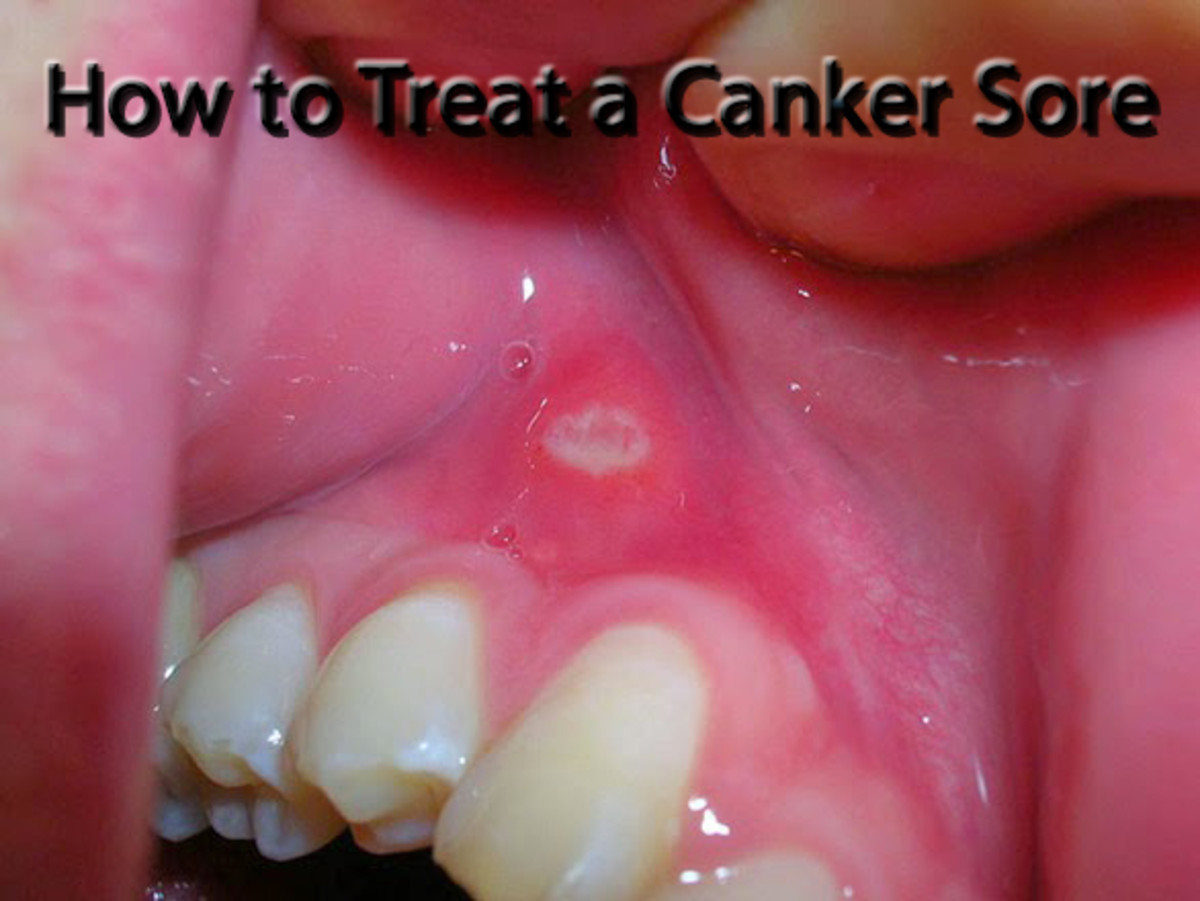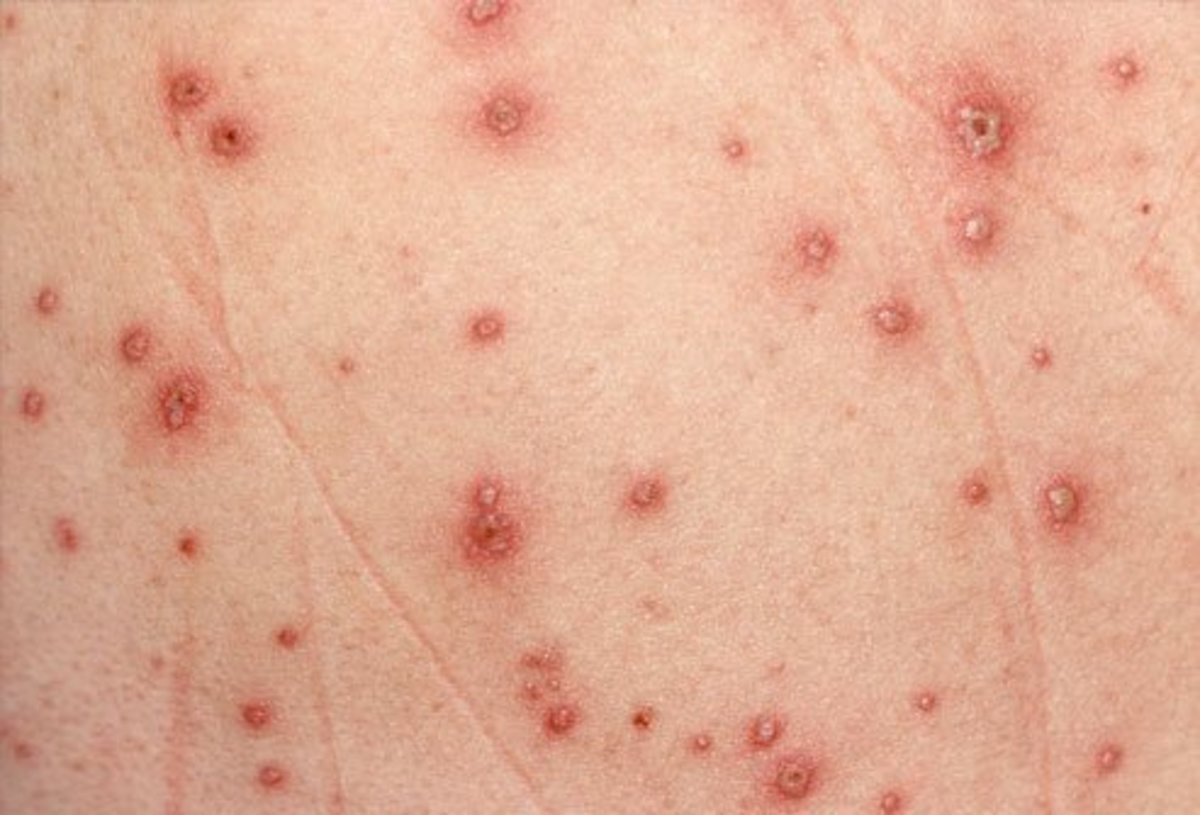More Human Anatomy: Loving Our Body Parts We Rarely Think About (Part 2)
Human Anatomy has been Studied for Thousands of Years
Ancient Egypt studied the human body. Back as far as 1600 B.C.E., written text were found that show they recognized many organs of the body and blood vessels. In 275 B.C.E., the first dissection of the human body was done by Herophilus in Alexandria, Egypt. As time progressed we learned more about human anatomy. Starting in the 1600’s this study became more prominent in research and medical education.
Here are some little known body parts, you use all the time, but probably never gave much thought to.
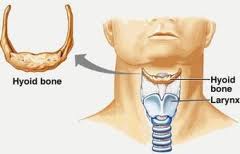
The Ability to Speak
- The Hyoid Bone sits in your throat and gives support to the base of your tongue. It is unique in that it is the only bone in the body that is not connected to any other bone, except by ligaments. It is a horseshoe shaped bone, located well within the throat. The hyoid bone plays an important role - it gives us the ability to speak, and helps us to swallow and in the movement of the tongue. The discovery of fossilized hyoid bones are rare, since they are small. When they are found in early man, it helps anthropologists date when speech began. The discovery of the hyoid bone in a Neanderthal man boosts the idea that the ability to speak evolved during the stone age, about 300,000 years ago.. In forensics, a broken hyoid usually indicates the person was strangled. The term hyoid is a derivative of the word hyoeides, which in Greek means shaped like the letter U.
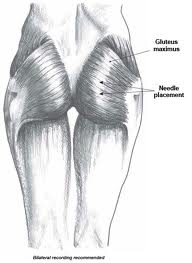
Sit Down, Stand Up
Gluteus Maximus is the muscles in our rear end. We have more than 600 muscles that make up the human body. It is one of three muscles in this area that help us sit and stand. This muscle is the largest and strongest muscle in our bodies. We use whenever we straighten our legs and extend our hips. Because of this muscle, we can jump, run, lift things and climb stairs.
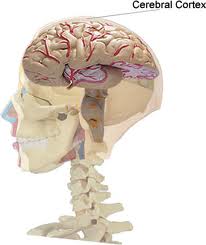
Gray Matter in the Brain
- Cerebral Cortex is the gray matter in our brain. It is the outer layer of the brain, measuring about the size of a dinner napkin. Visually, it has folded crumples which form the myriad of crevices we see when we look at the brain. The cerebral cortex has 6 layers of nerves, made up of interconnected cells and pathways. Thought processes, problem solving, perception, information processing, language, social skills, motor function and memory are involved with the cerebral cortex. The term cortex means bark of tree in latin.
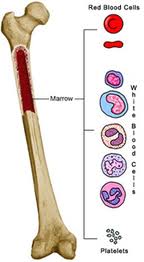
Blood Cell Production
- Bone Marrow is a jelly like flexible tissue that sits inside the center of our larger bones. Red and White blood cells and the platelets are manufactured in the bone marrow. Not all bones have bone marrow. Bone marrow is made up of 2 types of stem cells, one producing blood cells and the other bone, fat and cartilage. There are some white blood cells in the yellow marrow. Bone marrow can be red or yellow. Red marrow makes the blood cells. Yellow marrow produces fat, which is why it is has a yellowish tinge to it. The fat stores would be used in cases where there is extreme starvation. Yellow marrow can also turn into red marrow within a few hours when there is blood loss or a person has anemia. Bone marrow weighs approximately 4% of an adult’s body weight. At birth, a baby’s bone marrow is only red, and as they grow, more converts to yellow bone marrow. About half of the bone marrow in our body is red. It is manufactured primarily in flat bones like the breast bone, hip bone, shoulder blades, ribs, skull, vertebrae, and in the ends of the thigh bone and the part of your arm between the shoulder and the elbow. In the middle part of the long bones, the marrow is pink. Healthy production from the bone marrow is very important to our health. Leukemias arise from the cells in bone marrow. Bone marrow transplants are life saving techniques that help people who need a healthy replacement for their bone marrow. Some people donate their own, and some people can be their own donors, if they are in remission. Medical science is also learning more about how bone marrow can help with stem cell research.
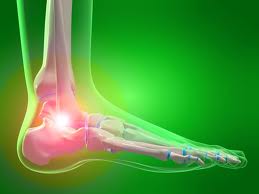
Moving Our Feet Up and Down and Side to Side
- The Ankle is an intricate mechanism, made up of 2 joints. Unless you have hurt it, you probably rarely think about all the things you ankle allows you to do. It is our ankles that allows us move our feet up and down, and side to side. Our ankles handle the tremendous amount of stress our ankles deal with when we walk. When you point your toes, the ankle can become unstable, making your ankle rely on the softer tissues and ligaments. Many ankle sprains occur when your toes are pointed, although there are an assortment of ways to easily sprain your ankle. The ankle has 6 main soft tissues that help to hold your ankle in its place. Should any one of these be torn, you can sprain your ankle.
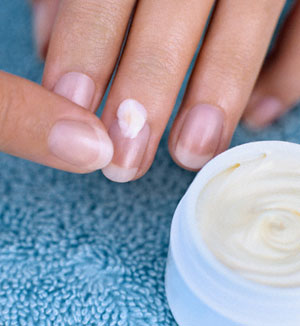
Protection from Infection and Hangnails
- The Cuticles are the layer of hard skin at the bottom of our nails, where the nails and fingers meet. Cuticles are on all our fingernails and toenails. Underneath the cuticle, new nails are forming. Cuticles are very important for healthy nails and our overall well being. Cuticles protect our nails from bacteria, dirt, fungus among other things. Cuticles are one of the most protective parts of our body. Without them we would be prone to many infections, have more hangnails, and other issues that could affect our health. It is vital to take care of your cuticles by keeping them well groomed and moisturized. Dry cuticles can lead to hang nails. Nail polish remover dries out cuticles in addition to cleaning products, and abusing our nails. Hand cream, jojoba oil, or warm olive oil applied daily to your cuticles do a good job of keeping the cuticles moist. It is best to apply it on damp fingers, right after you have washed your hands. Be sure to massage the cream or oil on your cuticles. It is important to keep your cuticles in place. Some people remove the cuticles, or push them back, which can cause an inflammation called paronychia. If the seal that the cuticle forms between the nail and the skin breaks, even soap can become an irritant.
The Amazing Human Body
Take care of yourself. Your body is a well designed system where even the smallest of parts plays a major role in our well being.
Get More Interesting Info from ToKnowInfo
More Articles by ToKnowInfo below the comment section
Loving the Parts of Our Body Part 1
- Human Anatomy: Loving the Parts of Our Body We Rarely Think About
Find out more about the human body and its lesser known parts. You are bound to learn something new and interesting. - Human Anatomy: Skin Care Facts Our Amazing and Wonderous Skin (Part 1)
Learn about our wonderous skin - Human Anatomy: Skin Care Facts Our Amazing and Wonderous Skin (Part 2)
More about the amazing things are skin can do
You can go to ToKnowInfo's profile
You can choose from a selection of well written and informative articles on a variety of topics.
www.hubpages.com/profile/toknowinfo




